Analytical Models of Hydrogen-Induced Stresses in Materials I
This book deals with analytical models of hydrogen-induced stresses in metallic materials. The analytical models, which are presented in this first volume, are determined for isotropic metallic materials. In general, hydrogen is accumulated in metallic materials in the form of various types of molecules (e.g. hydrogen molecules, molecules of methane, molecules of water vapour, etc.). With regard to the analytical modelling of the hydrogen-induced stresses, the isotropic metallic material with finite dimensions is replaced by a multi-hollow system with infinite dimensions, which consists of an infinite isotropic metallic matrix with periodically distributed spherical hollows. The various types of molecules are then accumulated in these spherical hollows. The analytical determination of the hydrogen-induced stress-strain state is based on the cell model, which considers cubic cells with central spherical hollows. The analytical modelling results from mutually different mathematical procedures, which are applied to fundamental equations of solid continuum mechanics (Hooke’s law, Cauchy’s law and equilibrium equations). The hydrogen-induced stress-strain state is thus determined by several different solutions, which fulfil boundary conditions. Due to these different solutions, the principle of minimal total potential energy of an elastic solid body is then required to be considered. In addition to the hydrogen-induced stresses and strains, the analytical model of the hydrogen-induced crack formation is also presented. The analytical model of this crack formation includes the determination of the limit state with respect to the crack initiation and the mathematical description of the crack shape propagated in the isotropic metallic material. Results of this book are applicable within basic research (solid continuum mechanics, theoretical physics, materials science, etc.), within engineering practices and within the undergraduate and postgraduate studies at universities and research institutes.
{{comment.content}}
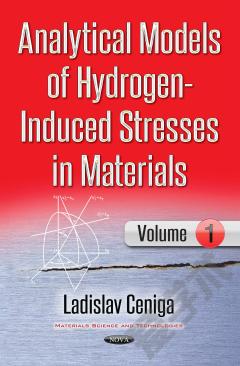
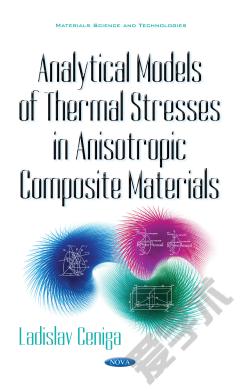

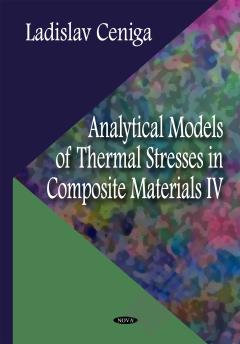

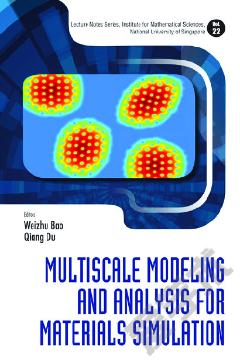
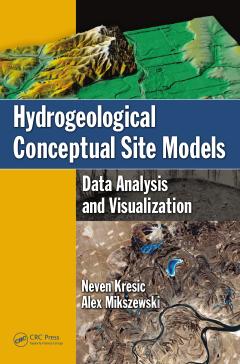

 京公网安备 11010802027623号
京公网安备 11010802027623号